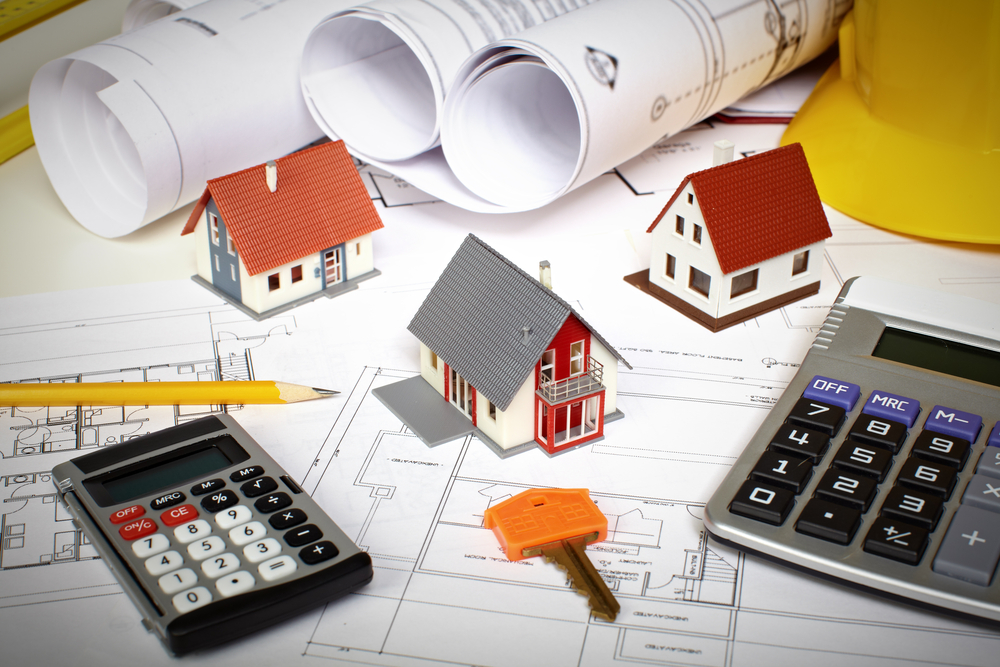In the intricate world of property market, making informed decisions is essential for both buyers and vendors. Real estate property evaluations is a key process that helps investors evaluate the price and condition of a property before finalizing a deal. With a variety of factors at play, comprehending the details of property diagnostics can provide insights that ensure a financially rewarding investment and successful transaction.
As the real estate market continues to evolve, having availability to in-depth diagnostics can mean the divide between success and challenges. From building assessments to market research, the correct diagnostics empower buyers and vendors to guide their decisions with certainty. This article will explore how real estate property diagnostics can shed light on the path to educated decision-making, ultimately leading to better outcomes in your real estate dealings.
Comprehending Property Diagnostics
Property evaluations constitutes a vital aspect of the real estate buying and divesting process. It includes a thoroughgoing evaluation of a property's condition, features, and value. This procedure aids prospective buyers and investors arrive at knowledgeable choices by identifying any concerns that may influence a property's saleability or stability. By executing thorough diagnostics, one may derive understanding into the tangible status of a property, including structural components, systems, and final touches.

The importance of property diagnostics is paramount. Frequently, ac-environnement.com may miss critical details during the eagerness of a deal. However, a comprehensive evaluation can reveal latent deficiencies such as plumbing issues, wiring issues, or structural issues. Recognizing these issues merely aids in determining the purchase price but also in planning for upcoming repairs and maintenance. It finally empowers buyers to make assured, educated judgments that align with their economic and individual goals.
Furthermore, property diagnostics extend beyond the condition of the structures themselves. This method also evaluates the local environment and local market factors, which might significantly impact property value. Considerations such as community dynamics, availability of amenities, and land use policies may influence investment strategies. As a result, a well-rounded approach to diagnostics includes both essential and surrounding elements, ensuring that buyers have complete information about their prospective investment.
Essential Metrics and Instruments
Understanding real estate evaluations requires familiarity with key metrics that can influence outcomes. One crucial measure is the CMA, which assesses like properties in the area to establish a fair market value. This assessment considers latest closings, ongoing listings, and local market trends, helping buyers and sellers determine the correct price point for a property. Another significant measure is the Investment Return, which calculates the financial return of a property by comparing net profit to the capital input. Higher ROI figures indicate more lucrative investments, making this metric essential for investors.
In addition to key metrics, several tools can enhance the property diagnostics process. Real estate platforms and software, such as Realtor, provide access to property listings, market trends, and historical data, streamlining the research process. These tools offer important data through easy-to-use layouts and customizable search criteria, allowing users to locate properties that align with their preferences. Furthermore, tools like property assessment programs can help appraisers and agents in determining accurate property values through methodical reviews.
Finally, it is important to make use of analytics tools that provide more comprehensive data into market conditions. Tools such as CoStar offer comprehensive data on commercial real estate, including occupancy levels, demographics, and market dynamics. By using these advanced analytics, stakeholders can gain better understanding and identify potential risks in the market. Combining these resources with essential measures ultimately equips individuals to manage the intricacies of real estate transactions with certainty.
Making Informed Choices
In the realm of real estate property diagnostics, understanding is power. Understanding the condition of a property prior to making any investment decision can save buyers from unexpected problems down the line. This assessment can consist of structural evaluations, pest inspections, and environmental considerations. By preparing oneself with comprehensive information, potential buyers can evaluate the pros and cons accurately, ensuring they make choices that support their financial goals.
Informed decisions are not just about preventing pitfalls; they also facilitate investors to leverage opportunities. Real estate markets can be unpredictable, and properties may vary in value based on various factors. A rigorous diagnostic process can reveal hidden potential in a property or suggest when it's advisable to walk away. With the accurate information at hand, buyers can negotiate better deals or concentrate their attention on properties that truly meet their needs.
In the end, the process of real estate property diagnostics fosters confidence in decision-making. Armed with diagnostics, investors can establish a more precise picture of what they are purchasing. This clarity not only augments the buying experience but also establishes a strong foundation for future investments. By prioritizing informed decisions, individuals can navigate the complexities of real estate with increased assurance and strategic insight.
